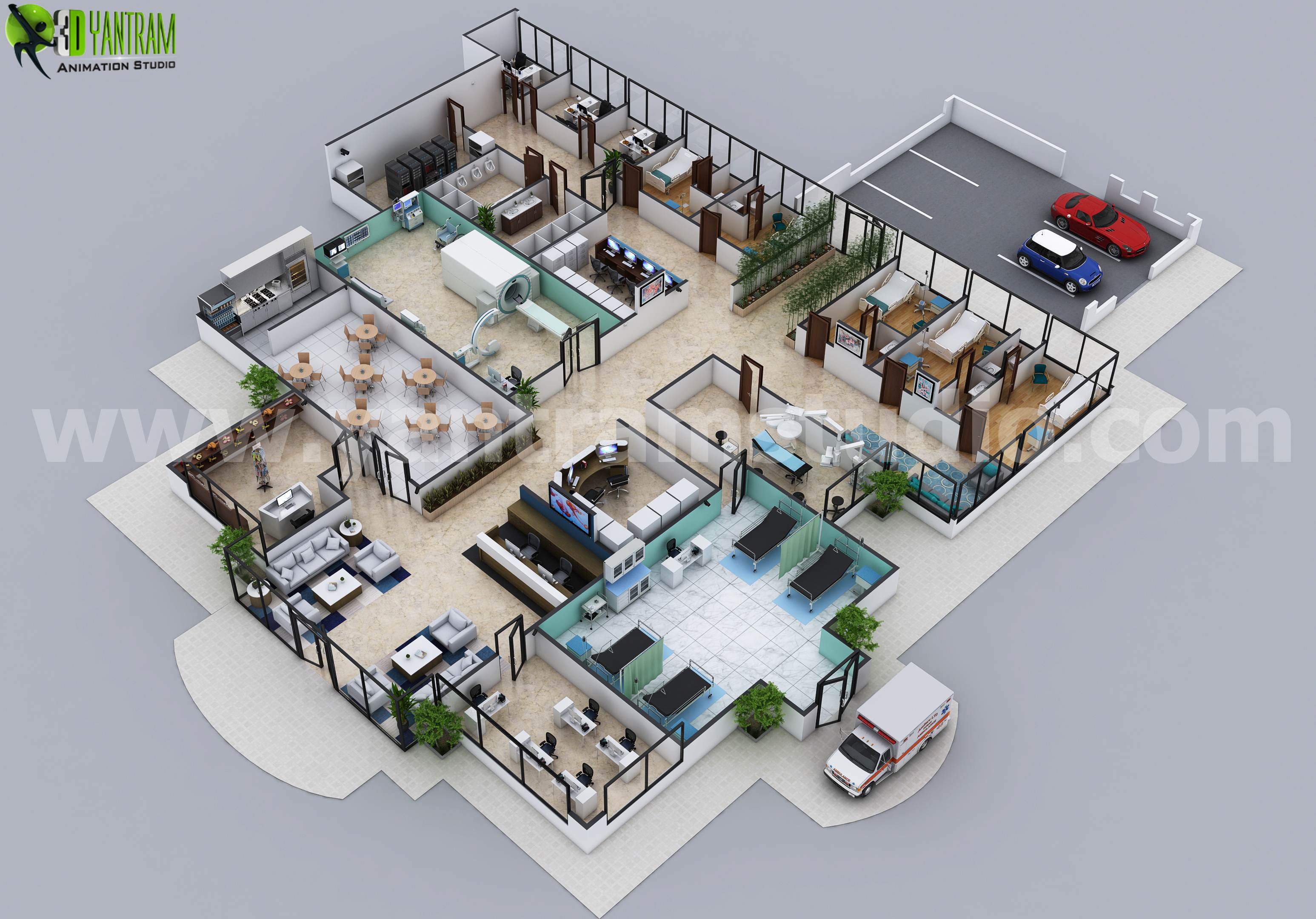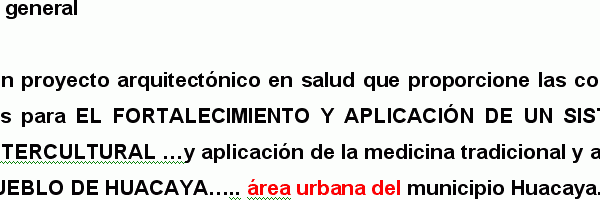

Emerging and new applications are showing promise in cardiovascular disease, tumor imaging and optimal CT scanning protocols, hence, the following sections will focus on these areas.ĭue to complex cardiac anatomy associated with CHD, 3D printing serves as a useful tool to improve the understanding of CHD.

This has been well supported by sufficient studies in the literature, thus it won’t be covered in this editorial. According to the appropriateness guidelines developed by the SIG, 3D-printed models have shown advantages and usefulness in patients with complex skull, facial and mandibular fractures, and temporomandibular joint disorders, benign and malignant tumors ( 16). Clinical value of 3D-printed models in the craniomaxillofacial area has been confirmed since the late 1980s ( 21, 22). 3D-printed models have been shown to accurately replicate normal anatomical structures and pathologies ( 18- 20).
3d design software free clinic series#
Patient-specific 3D-printed models are most commonly generated by using patient’s CT or MRI imaging data which undergo a series of image postprocessing and segmentation steps to extract the regions of interest (desired anatomical structures and pathologies) from volumetric data. Furthermore, an emerging area of using 3D-printed models to develop optimal CT scanning protocols is also discussed, with future research directions highlighted.

This editorial mainly focuses on the rapidly expanding applications of 3D printing in medicine, in particular in congenital heart disease (CHD), vascular disease and tumors. There is a growing body of evidence in the literature to show how 3D-printed models assist clinicians to better manage patients with improved clinical outcomes. In 2016, the Special Interest Group (SIG) on 3D printing was established by the Radiological Society of North America (RSNA) to provide guidelines, recommendations and training sessions for the appropriate use of 3D printing in medical applications with the aim of providing better healthcare service to patients ( 16, 17). This has created potential opportunities for the use of 3D printing technique in medical applications.ģD printing has shown increasing applications in the medical field over the last decades with reports covering different areas which range from its original applications in orthopedics to cardiovascular disease and tumor imaging ( 11- 15). Despite promising results available in the literature, traditional two-dimensional (2D) and three-dimensional (3D) visualization tools are still limited to a 2D screen, which affect realistic visualization of anatomical structures and pathologies of 3D datasets, and this is particularly apparent when dealing with complex pathologies. Quantitative analysis of these imaging modalities allows for detection and diagnosis of various diseases with high accuracy ( 1- 10). Technical developments in medical imaging techniques have led to significant improvements in the diagnostic performance of less-invasive imaging modalities such as computed tomography (CT), magnetic resonance imaging (MRI), nuclear medicine and ultrasound.


 0 kommentar(er)
0 kommentar(er)
